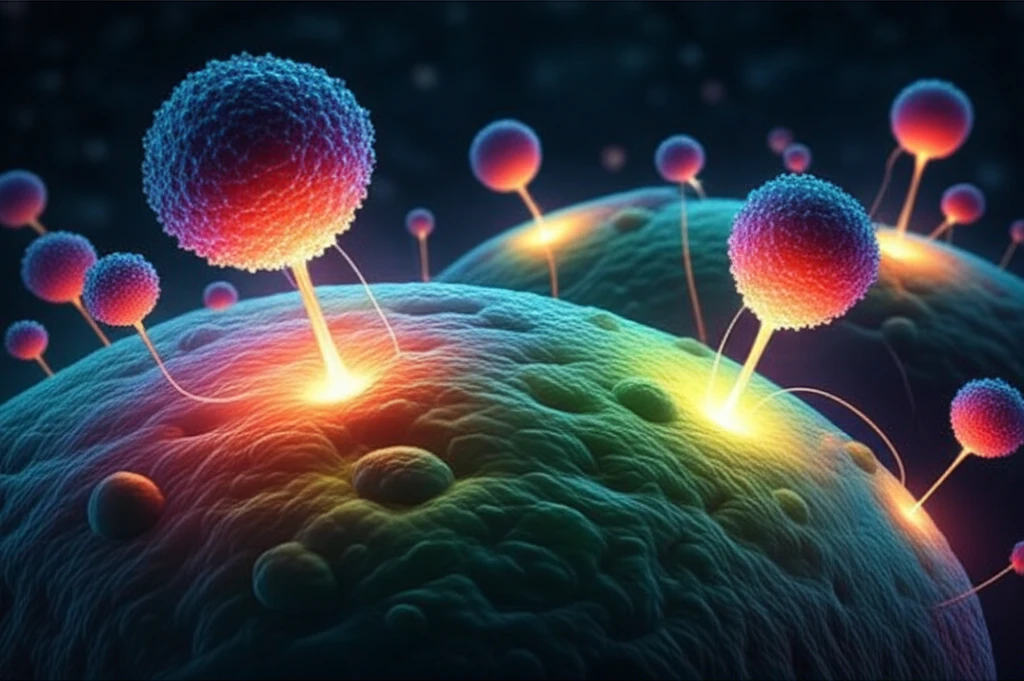
Decoding Nanoparticle Dosimetry: Are We Getting the Right Dose?
"New research reveals how particle behavior on cell surfaces impacts the effectiveness and safety of nanomedicine, offering critical insights for better drug delivery design."
Nanoparticles are becoming increasingly important in medicine, from delivering drugs to diagnosing diseases. But to ensure these tiny particles are both effective and safe, we need to fully understand how they interact with our cells. This is where 'dosimetry' comes in – essentially, making sure we're giving the right 'dose' to get the desired effect without harmful side effects.
Traditional methods of measuring this dose often fall short, especially in in vitro (lab-based) studies. Many calculations are based on the nominal dose, i.e., the concentration of particles added to a cell culture. However, this doesn't tell us how many particles actually reach the cells or where they end up. Factors like particle size, shape, and the properties of the cell culture medium all play a role.
Now, a groundbreaking study is shedding light on the complexities of nanoparticle dosimetry. Researchers are using high-resolution scanning electron microscopy to meticulously track particle behavior at the single-cell level. Their findings reveal surprising discrepancies in particle distribution and adhesion, challenging conventional models and paving the way for more accurate and effective nanomedicine.
The Sticky Situation: Why Particle Adhesion Matters

One of the most striking findings of the study is the uneven distribution of nanoparticles on cell surfaces. The researchers discovered that particles tend to accumulate more in the spaces between cells (intercellular regions) than directly on the cell surfaces themselves.
- ISDD Model: Assumes particles stick readily to surfaces. Best predicts particle distribution on surfaces with high adsorption.
- DG Model: Incorporates a 'stickiness' parameter, allowing simulation of different adsorption strengths. More accurately predicts particle behavior when stickiness varies.
Rethinking the Dose: Implications for Future Research
This research underscores that accurately predicting the effective cellular dose is more complex than simply measuring the concentration of nanoparticles added to a cell culture. The spatial distribution of particles, influenced by factors like adhesion, plays a crucial role.
To improve the accuracy of dosimetry models, future research needs to focus on better understanding and quantifying particle adsorption and desorption rates on different surfaces. Techniques like high-resolution optical microscopy and single-particle tracking could provide valuable insights into these dynamic processes.
Ultimately, a more refined understanding of nanoparticle dosimetry will lead to the design of safer and more effective nanomedicines. By precisely controlling the dose delivered to cells, we can maximize therapeutic benefits while minimizing potential side effects.
